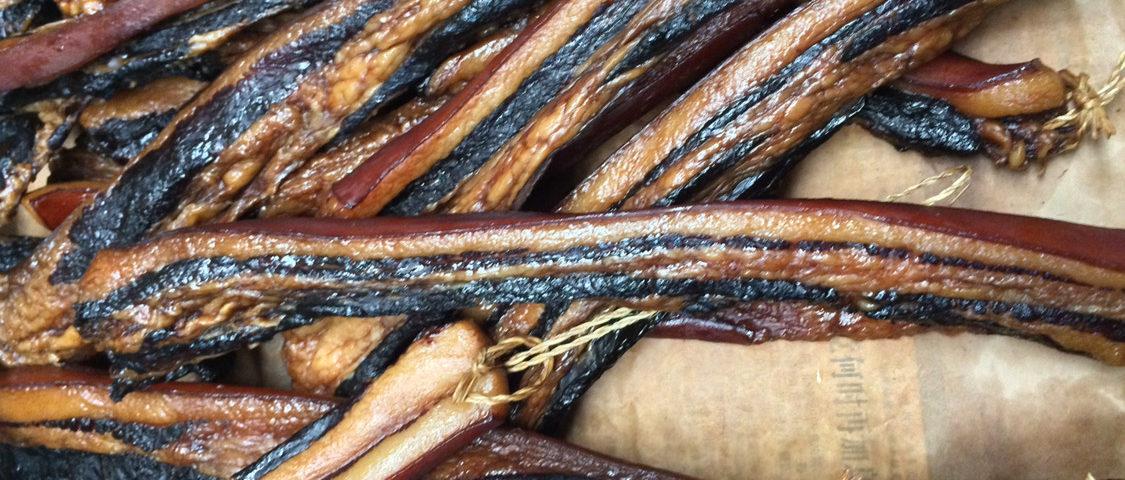With winter’s chill setting in, there’s nothing like a simmering Chinese hot pot to warm you up. Perfect for large gatherings of friends or family, it’s an interactive way of cooking and dining. Think of it as the Chinese version of fondue. The Chinese name for it, huo guo, literally translates to “fire pot”, tracing back over 1,000 years, known to have originated in Mongolia. There, the stew was prepared with hearty red meat such as beef and lamb. Its popularity grew throughout China’s many regions and took on different regional flavors. In southern coastal areas, seafood became more dominantly cooked in the dish. Hot pot continued to gain popularity throughout the rest of Asia as well. Japan’s take on it is shabu-shabu, Singapore has its steamboat, Korea has jjigae, and Vietnam prides itself on lẩu.
Dining hot pot style consists of guests sitting at the table surrounding the steamy pot of broth cooking at the center of the table. Plates full of raw ingredients are at the ready for dunking into the communal broth to cook, and guests cook their own food. Once done, the food is dipped into different dipping sauces.
Traditionally, gas was used to power hot pots, but modern ones sold mostly for home use are either electric or butane-powered. The metal pot itself sometimes has a few separate compartments giving the option of serving a variety of broths.
One of the key flavoring components is the broth itself. The foundation can be as simple as a chicken stock base with aromatic ginger, garlic and scallions. Or, popular among thrill-seekers is the Sichuan mala (麻辣, or “numbing hot”) broth, bursting with flavor from red chilies, Shaoxing rice wine, Sichuan peppercorns, and aromatic spices like star anise, fennel, and ginger. The combination of these bold ingredients lends an unmistakably vibrant red hue to this option. As ingredients are cooked in the broth, they themselves lend more complexity in flavor, resulting in a richly flavored stock that is perfect for sipping on its own at the end of the meal.
The second vital flavor component is the dipping sauce. Chinese BBQ sauce imparting rich umami dimension, soy sauce, and scallions are the trifecta of flavor for the standard sauce. But there are many other condiment and sauce options, which may include cilantro, sesame oil, chile sauce, and even raw egg, for creating a finishing touch to piping hot food coming out of the pot.
Scattered around the pot is usually a variety of raw ingredients to be cooked with a heavy emphasis on meats and seafood – paper-thin slices of beef sirloin, pork loin, shrimp, and beef and fish balls. These are balanced by greens such as napa cabbage or spinach. Other common ingredients include noodles, mushroom, carrots, and tofu. Most ingredients require very little cooking time, so it is important to keep an eye on them for doneness.
For a festive meal, check out a hot pot restaurant or even host a hot pot party at home.






